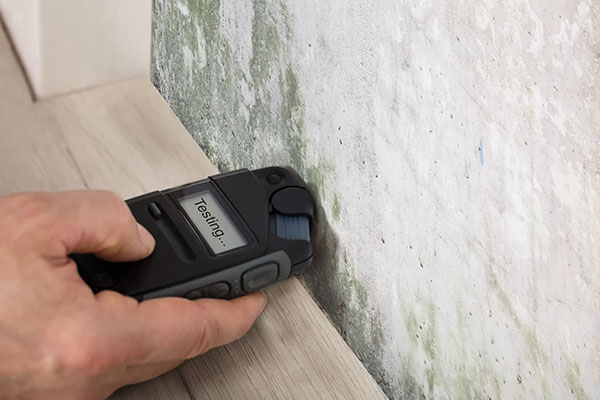Mold: even the word is enough to make many people shudder. Unfortunately, simply ignoring mold or attempting to cover up the signs can lead to more serious problems down the road. By fully understanding what mold can mean to your association and how it needs to be handled, you can develop a stronger strategy for handling those concerns before they become more serious.
What's the Deal With Mold Assessment?
Mold assessment sounds like an expensive proposition. After all, you can see that there's not any mold in visible areas, right? Unfortunately, mold can grow undetected for a long time--and it can spread quickly if it's allowed to go unchecked. There are two different types of mold assessment: non-viable sampling, which determines what types of mold there are throughout the area but can't tell if it's living or dead; and viable sampling, which looks at the specific types of mold and can tell whether or not the spores are currently growing.
A strong mold assessment can tell you whether or not the mold growing in your buildings is toxic and what you'll need to do in order to get rid of it safely. Without that assessment, you can't know what type of mold there is or who is best suited to take care of your problem. Keep in mind that mold can be a serious health concern for homeowners and anyone else who chooses to enjoy those communal properties--and assessing the type of mold and those potential concerns is a critical first step in the process.
What Do You Do When You Have Mold?
When you discover mold growing in a building that's owned by your HOA, you want to know that it's going to be handled quickly and effectively. There are several things to keep in mind throughout the process.
Deal with the issue before trying to assign fault. Mold remediation can be expensive, and it's tempting to see if you can pass its cause off to someone else. Unfortunately, that can let the mold grow further while you argue--and that can make it even more expensive. Letting mold continue to grow will also mean that you'll increase potential health issues.
Look for the source. Getting rid of the mold is important, but it's also important to banish it at the source. You need to know where moisture is building and how it's getting in, then take steps to take care of the problem at its root. Otherwise, mold will quickly start growing again.
Consider whether or not residents need to be relocated. Are there residents who are in a direct line of exposure to mold? Do you have mold in a rented property within your association? Not only will they continue to experience health problems until the mold is taken care of, mold remediation is a highly disruptive process. Consider whether or not homeowners will need to be relocated in order to deal with the problem.
Test again after remediation. You think you've taken all of the necessary steps to get rid of the mold. Unfortunately, you may not have gotten it all. Have a clearing assessment after your mold remediation to ensure that the facility is clean and that there is no further risk to your homeowners.
Mold in a communal building is a tough problem to address. You want to make sure that you handle it quickly and efficiently. As you manage your association's funds, you may worry that mold remediation is an expensive fix. More expensive, however, is letting it sit without addressing the issue--both in terms of health concerns for your members and in terms of what you'll need to pay when you're eventually ready to fix it. Fast assessment and remediation are critical in mold response.





